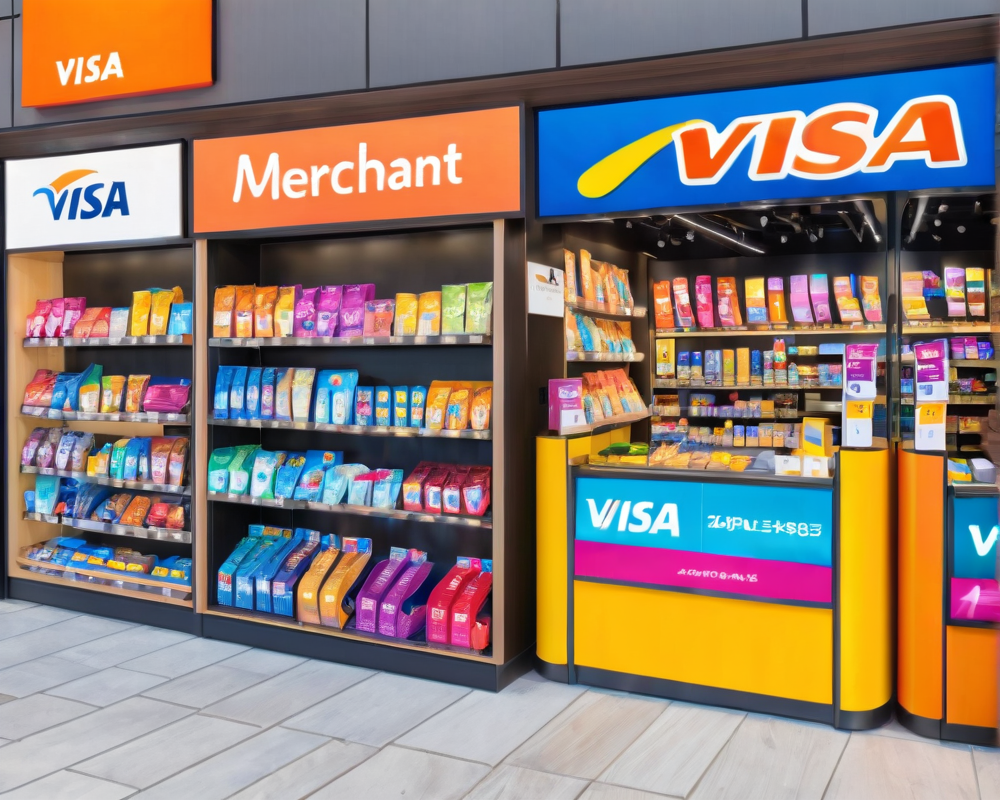The Big Changes on the Horizon
In a move that has merchants across the United States checking their calculators, Visa has announced a major overhaul of its point-of-sale system. Set to roll out this April and October, this shakeup aims to refresh the merchant fee landscape and persuade businesses to abandon the archaic practice of using checks. Because let’s be honest—who still carries checkbooks around anymore?
New Rates: What’s the Scoop?
According to a treasure trove of documents leaked to the banks, Visa’s new merchant fee structure will see an interesting twist: higher rates for online transactions and significantly lower rates for vital industries like healthcare, education, and yes, real estate (cue the cheers from real estate agents!).
- For traditional Visa cards: An extra 9 cents on a $100 transaction.
- For premium cards: A hike of 10 cents on a $100 transaction.
- Supermarket bonus: A 33% drop in the interchange fees for premium accounts on certain categories, like large supermarkets for a $50 transaction.
This is essentially Visa giving companies the ol’ one-two—raising some rates while simultaneously tossing a bone to others.
Why the Change?
Visa’s explanation for this hefty update? According to them, their “U.S. credit interchange structure has been largely unchanged for the past 10 years.” The company indicated that it’s time to adapt and modernize, recommending that merchants get ready for a fee structure that truly reflects the value of Visa products and services. Sounds like a corporate way of saying it’s high time for a makeover!
The Growth of Fintech: Visa Gets Involved
While we’re on the subject of adaptation, let’s talk fintech. As digital currencies and online payment solutions take the stage, Visa has been on a shopping spree, not of shoes but of tech companies. A classic “if you can’t beat ’em, buy ’em” strategy!
- In January, Visa snapped up Plaid for a cool $5.3 billion, allowing for smoother financial info sharing across platforms.
- They also jumped in on an $80 million funding round for Currencycloud, a cross-border payment platform aiming to stay relevant.
And if you thought it ended there, think again! Last December, Binance and Visa teamed up to allow users to purchase crypto directly through Visa cards, making it even easier for the average Joe to dabble in digital currencies.
What This Means for Merchants
Now that we’ve established what’s happening on Visa’s end, let’s break down what this means for merchants like you:
- Adaptation is Key: Businesses need to adjust their payment strategies based on the changes or risk losing customers.
- E-Commerce is Expensive: Brace yourself for increased transaction costs online, making accounting just a tad more complicated.
- Special Categories Are Winners: If your business falls into healthcare or education, celebrate that reduced fee! You’re practically winning the fee lottery.
At the end of the day, it’s all about choosing the right payment methods that benefit the business while also appealing to customers.
Conclusion: Keep Your Eyes Open
As Visa rolls out this new fee structure, merchants would do well to stay informed about potential impacts on their bottom line. With a mix of higher rates for some, reductions for others, and a larger push into fintech, this could be a pivotal moment not just for Visa, but for the entire payment processing landscape. So, grab your calculators, keep your receipts, and keep your eyes peeled—it’s going to be a rollercoaster ride ahead!




